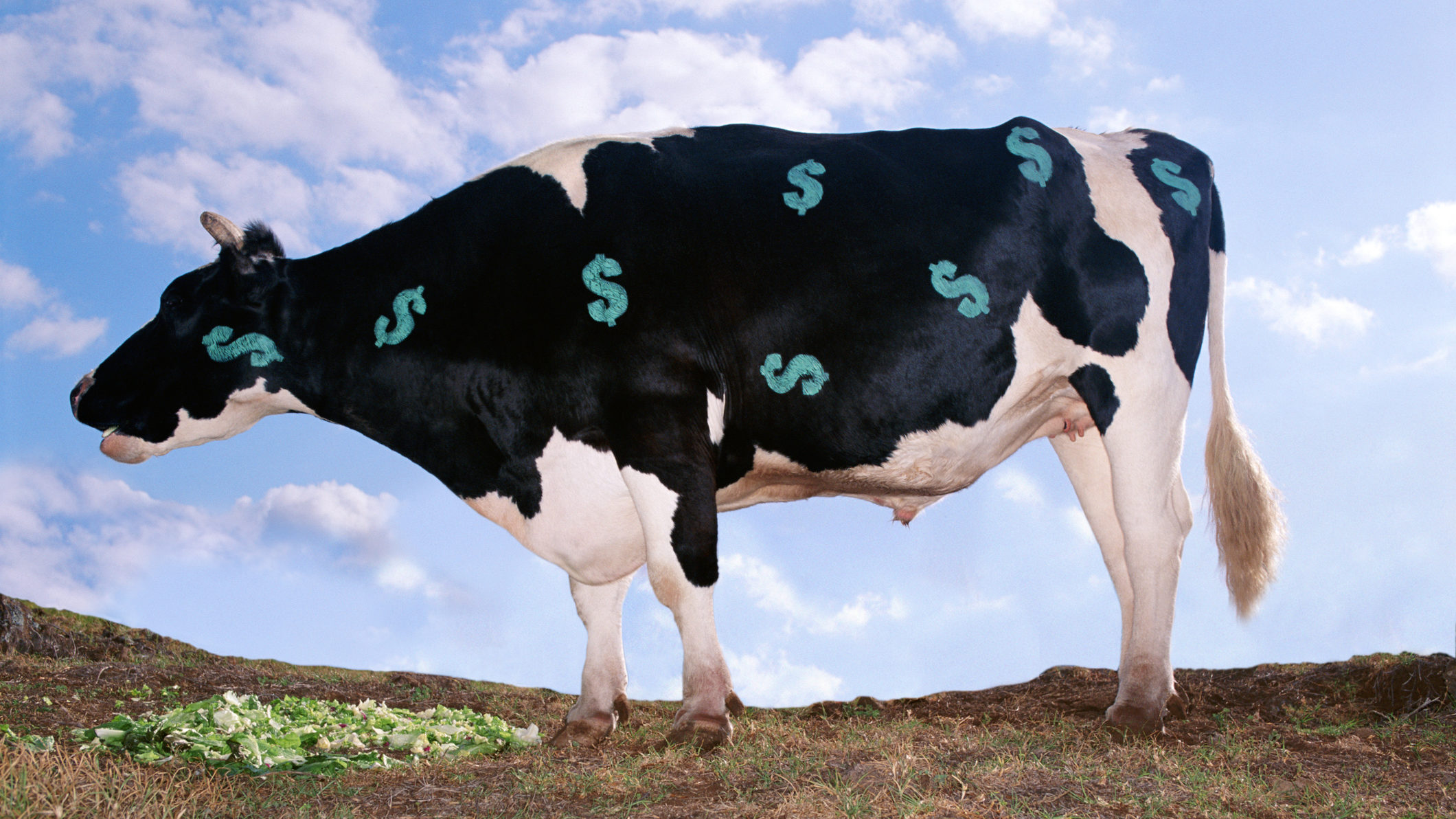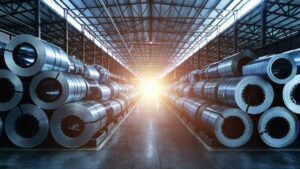Monsters of Rock: Miners send trade balance soaring as coal continues rich run

Coal is a cash cow right now. Pic: Thinkstock/Stockbyte via Getty Images
- Big jump in coal export values powers shock $16 billion trade surplus
- Thermal coal demand remains strong as prices run at rare premium to metallurgical coal
Two years ago coal was a commodity in search of a future, a dying breed slowly being phased out by cripplingly low prices and the inexorable drive towards renewable energy.
Today it has displaced iron ore as Australia’s biggest export, lifting the nation’s trade account surplus to a record $16 billion big ones in May.
That’s way higher than the analysts’ consensus of $10.7m, with April’s numbers also revised up by almost $3 billion to $13.2b.
Australia export value continued its inexorable climb over the past 9 months, with high volumes and prices for coal and LNG powering the new record.
Exports of hard coking and semi-soft coking coal rose 12.4% and 4.6%, respectively, with thermal coal and LNG exports up 21.6% and 20.7% in May.
“Exports of goods and services jumped by 9.5% m/m, with the April figure also revised upward, mostly driven by a 20.4% m/m jump in coal exports,” Capital Economics senior Japan, Australia and New Zealand economist Marcel Thieliant said.
“The surge in the coal price suggests that coal exports will rise by another 50% over coming months, which would boost overall exports by around 13%.
“By contrast, metal ore exports rose a small 2.4% m/m and the recent fall in the iron ore price suggests they won’t rise any further for now.”
Exports of coal, coke and briquettes rose from $12.177b in April to $14.659b in May, against a slighter gain in metal ores and minerals (including iron ore) from $14.082b to $14.474b.
Thermal coal turns to premium
The value of thermal coal exports increased by 31.7% as prices remained strong amid a continuing energy crisis in Asia and Europe, powered by Russia’s invasion of Ukraine.
Incredibly, thermal coal continues to enjoy a strong premium over met coal.
Thermal coal is $120 a ton more expensive than coking coal pic.twitter.com/MAdHSPSQMJ
— Doomberg (@DoombergT) July 6, 2022
That is despite its status as a lesser product with a shorter shelf life. Renewables, nuclear, gas and batteries are seen as replacement power sources for energy, but coking coal has no viable substitute in steelmaking.
READ: BHP’s plan to divest fossil fuels while remaining bullish on coking coal
To illustrate the point about (high) demand for coal right now, Argus reports exports from the Gladstone port in Queensland of thermal and met coal just hit an 11-month high in June.
Poland has gobbled up Aussie coal for the second month in a row after ignoring the stuff for eight years due to boycotts against Russia.
Argus says 6000kcal Newcastle thermal coal was selling for US$383.82/t on July 1, down from US$425.90/t on May 20.
Met coal meanwhile has slipped from almost US$670/t in March to US$286/t on Monday according to Fastmarkets MB.
Coal miners were all a bit of a blah in terms of their market performance today.
Yancoal (ASX:YAL) was among the winners, rising 3.15% to $4.91, while Whitehaven (ASX:WHC) and diversifieds BHP (ASX:BHP) and South32 (ASX:S32) posted strong gains after a hammering yesterday.
Miners came back to life in general after a 5% drop for the Materials sector yesterday, led by the Pilbara giants.
Singapore 62% iron ore futures lifted 1.89% to US$113.30/t today after reports about Chinese plans for more stimulus via a US$75 billion infrastructure package.
We’ll believe it when we see it.
Coal stocks share prices today:
UNLOCK INSIGHTS
Discover the untold stories of emerging ASX stocks.
Daily news and expert analysis, it's free to subscribe.
By proceeding, you confirm you understand that we handle personal information in accordance with our Privacy Policy.








